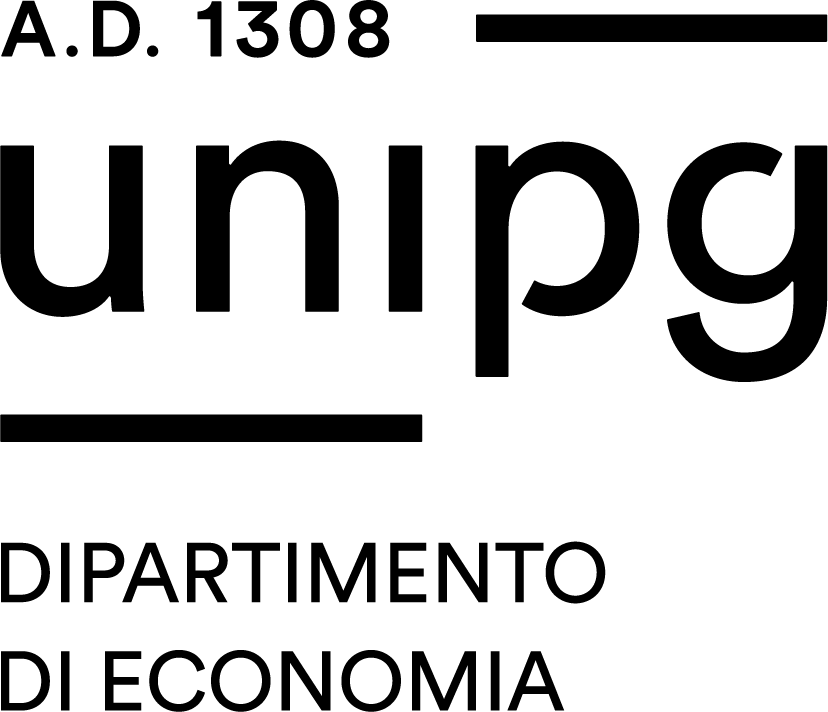| Course name |
Biotechnology |
|---|
| Study-unit Code |
GP003572 |
|---|
| Curriculum |
Comune a tutti i curricula |
|---|
| Lecturer |
Paola Angelini |
|---|
| Lecturers |
- Paola Angelini
- Corrado Marceno'
|
|---|
| Hours |
- 42 ore - Paola Angelini
- 5 ore - Corrado Marceno'
|
|---|
| CFU |
6 |
|---|
| Course Regulation |
Coorte 2023 |
|---|
| Supplied |
2025/26 |
|---|
| Supplied other course regulation |
|
|---|
| Learning activities |
Affine/integrativa |
|---|
| Area |
Attività formative affini o integrative |
|---|
| Sector |
BIO/03 |
|---|
| Type of study-unit |
Opzionale (Optional) |
|---|
| Type of learning activities |
Attività formativa monodisciplinare |
|---|
| Language of instruction |
Italian |
|---|
| Contents |
This course provides foundational knowledge in plant biology, with a focus on the structural, functional, and biotechnological aspects of plants. It covers plant cytology and histology, with an in-depth look at the structure and functions of plant cells and tissues. The morphology and anatomy of vegetative organs—stem, leaf, and root—are explored, along with the life cycle of angiosperms, including both sexual and vegetative reproduction. Particular attention is given to the structure and development of the flower, seed, and fruit, including the classification of different fruit types. An introduction to plant taxonomy is also provided, covering key groups such as bryophytes, pteridophytes, gymnosperms, and angiosperms (dicotyledons and monocotyledons). The course also includes the study of secondary metabolites and their biosynthetic pathways, as well as plant responses to environmental conditions. This includes the role of plant hormones (auxins, cytokinins, gibberellins, ethylene, and abscisic acid) and defense mechanisms against biotic stress, such as the production of allelochemicals and allelopathic interactions. In its applied component, the course introduces the main biotechnological strategies for enhancing the in vitro production of health-promoting bioactive compounds, treating plant cells as biosynthetic laboratories. Topics include in vitro culture techniques for medicinal and aromatic plants, extraction processes, and molecular characterization methods relevant to their biotechnological application. The course also analyzes the main medicinal plant species used in in vitro production systems, with a focus on evaluating their productivity and process efficiency. |
|---|
| Reference texts |
Recommended textbooks: General Botany and Plant Diversity, Pasqua G., Abbate G., Forni C. – 4th edition, Piccin Nuova Libraria (2019) Biotechnology of Medicinal Plants, Sacchetti G., Paganello G. – UTET Università (2021) Supporting teaching materials, including lecture slides, scientific articles, and supplementary resources, will be made available to students through the UniStudium platform for the entire duration of the course. |
|---|
| Educational objectives |
The course aims to provide students with a solid foundation in plant biology, with a focus on the morphological, anatomical, physiological, and biotechnological aspects of plants. By the end of the course, students will be able to: Understand the structure and functions of plant cells and major tissue types through the study of plant cytology and histology; Recognize and describe the morphology and anatomy of vegetative organs (stem, leaf, root) and reproductive structures (flower, seed, fruit) in angiosperms; Demonstrate knowledge of the angiosperm life cycle and the main mechanisms of sexual and vegetative reproduction; Acquire basic taxonomy concepts for the classification and identification of major plant groups (bryophytes, pteridophytes, gymnosperms, and angiosperms); Analyze the role and biosynthetic pathways of plant secondary metabolites and understand their relevance in defense mechanisms and environmental adaptation; Understand the functions of plant hormones in response to biotic and abiotic stimuli, and the ecological significance of allelopathy; Apply biotechnological strategies to develop and optimize in vitro cultures of cells and tissues from medicinal plants for the production of bioactive compounds; Become familiar with extraction techniques and molecular characterization methods used in the biotechnological exploitation of medicinal plants; Evaluate the productivity of in vitro culture systems and identify key medicinal plant species commonly used in biotechnology applications. |
|---|
| Prerequisites |
General knowledge of biology is a prerequisite for this course. |
|---|
| Teaching methods |
The course consists of frontal lectures aimed at presenting and exploring the theoretical content, supported by practical examples, case studies, thematic discussions, and laboratory exercises. Practical sessions are designed to develop observational and applied skills and will include the morphological identification of different types of fruits and seeds, analysis and interpretation of histo-anatomical preparations, the setup of in vitro cultures of medicinal plants, and the use of extraction techniques for the isolation of active compounds. Additionally, methods for evaluating the antimicrobial and allelopathic activity of plant extracts will be explored in depth. |
|---|
| Other information |
Office hours: Every day from 12:00 to 13:00, unless otherwise occupied with teaching or institutional duties. Students are advised to contact the instructor in advance to confirm availability. Contact details: Phone: +39 075 5857346 E-mail: paola.angelini@unipg.it Office location: Department of Chemistry, Biology and Biotechnology, Via del Giochetto 6, 06122 Perugia, Italy For information regarding support services for students with disabilities and/or specific learning disorders (SLD), please visit: http://www.unipg.it/disabilita-e-dsa |
|---|
| Learning verification modality |
The exam consists of an oral test lasting approximately 20 minutes, aimed at evaluating the student’s understanding and mastery of the theoretical and practical content covered during the course. The interview assesses not only the knowledge acquired but also the ability to reason critically and make connections between different topics within the program. For information about support services for students with disabilities and/or specific learning disorders (SLD), please visit: http://www.unipg.it/disabilita-e-dsa |
|---|
| Extended program |
The course covers the main structural, functional, and applied aspects of plant biology, with a particular focus on the biotechnological potential of plants. It begins with an in-depth study of the plant cell, emphasizing its distinctive components: the cell wall, central vacuole, and plastids. This is followed by the analysis of plant tissues, including primary and secondary meristems, parenchyma, dermal, mechanical, vascular, and secretory tissues. The course continues with the morphological and anatomical examination of vegetative organs: Stem: morphology, ontogeny, primary and secondary structures, specialization, and adaptations; Leaf: leaf anatomy and morphology, structural modifications; Root: organization of the root apex, differentiation zones, primary and secondary structures, and functional adaptations. The course also explores vegetative and sexual reproduction, focusing on the life cycle of angiosperms: micro- and macrosporogenesis, gametogenesis, pollination, incompatibility, fertilization, seed development and germination. The formation and classification of fruits is also addressed. Basic concepts of plant taxonomy are introduced, with an overview of the main systematic groups: bryophytes, pteridophytes, gymnosperms, and angiosperms (dicotyledons and monocotyledons). A significant part of the course is devoted to secondary metabolites, covering biosynthetic pathways (shikimic acid pathway, acetate/malonate and mevalonate pathways), the biosynthesis of phenolic compounds and alkaloids, secretory tissues, and storage structures. The course also examines plant responses to environmental stimuli, focusing on the role of phytohormones (auxins, cytokinins, gibberellins, ethylene, abscisic acid) and defense mechanisms against biotic factors, including allelochemical production and allelopathy. The final part of the course is dedicated to in vitro culture techniques of plant cells, tissues, and organs, with applications in plant biotechnology: Cultures on solid or semi-solid media (callus cultures): explant selection, preparation of culture media, and culture development; Liquid suspension cultures: analysis of growth curves, cell viability, and protoplast cultures; Organ cultures: root cultures (including hairy roots), embryo cultures, shoot cultures, and micropropagation techniques. |
|---|
| Obiettivi Agenda 2030 per lo sviluppo sostenibile |
The Plant Biology course actively contributes to several United Nations 2030 Sustainable Development Goals by promoting a sustainable and integrated approach to plant biotechnology: Goal 4 – Quality Education: The course provides advanced scientific training, fostering both theoretical knowledge and practical skills in plant biology and biotechnology, essential for preparing qualified professionals in the field. Goal 12 – Responsible Consumption and Production: Emphasis is placed on the sustainable use of plant resources through low-impact biotechnological practices, such as micropropagation and the use of in vitro cultures for the production of active compounds. Goal 15 – Life on Land: The biotechnological approach to plant production supports biodiversity conservation by reducing pressure on natural ecosystems through the use of ex situ cultivation techniques. |
|---|


